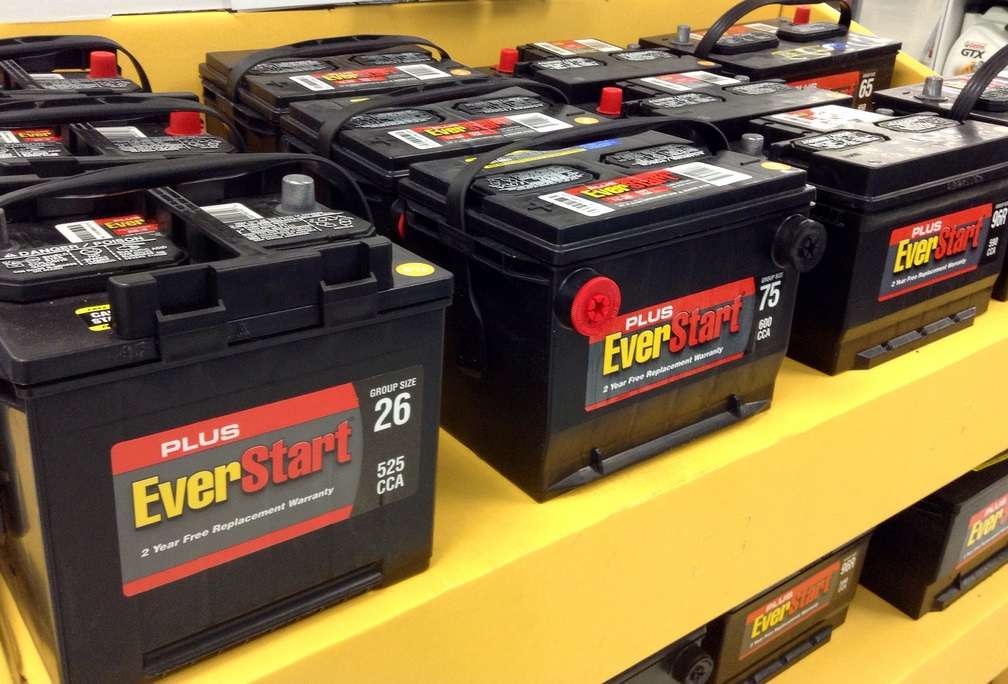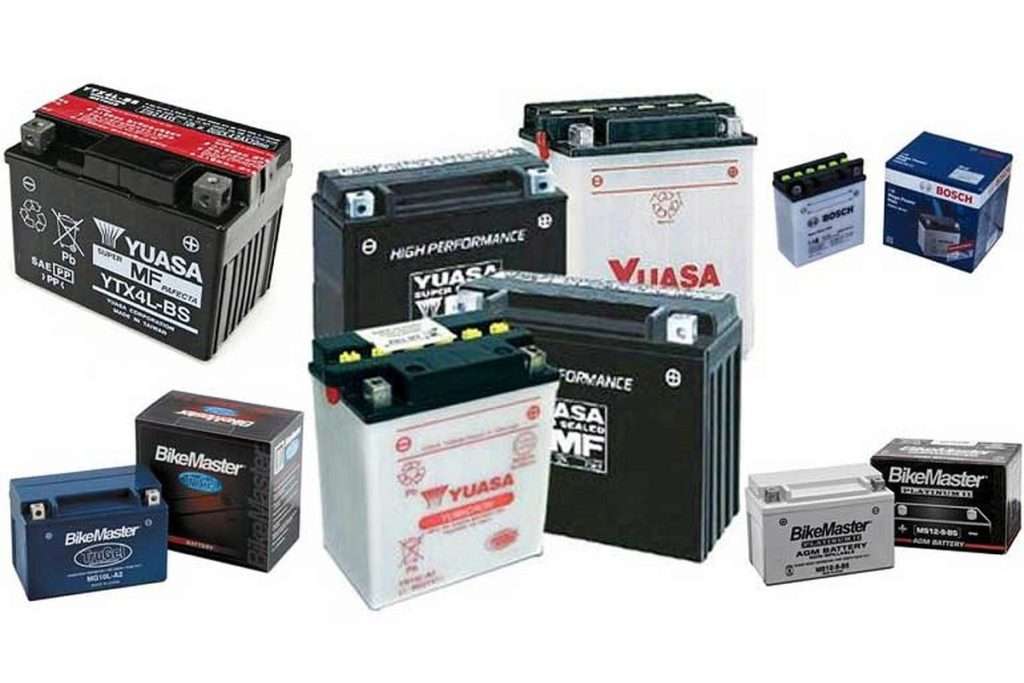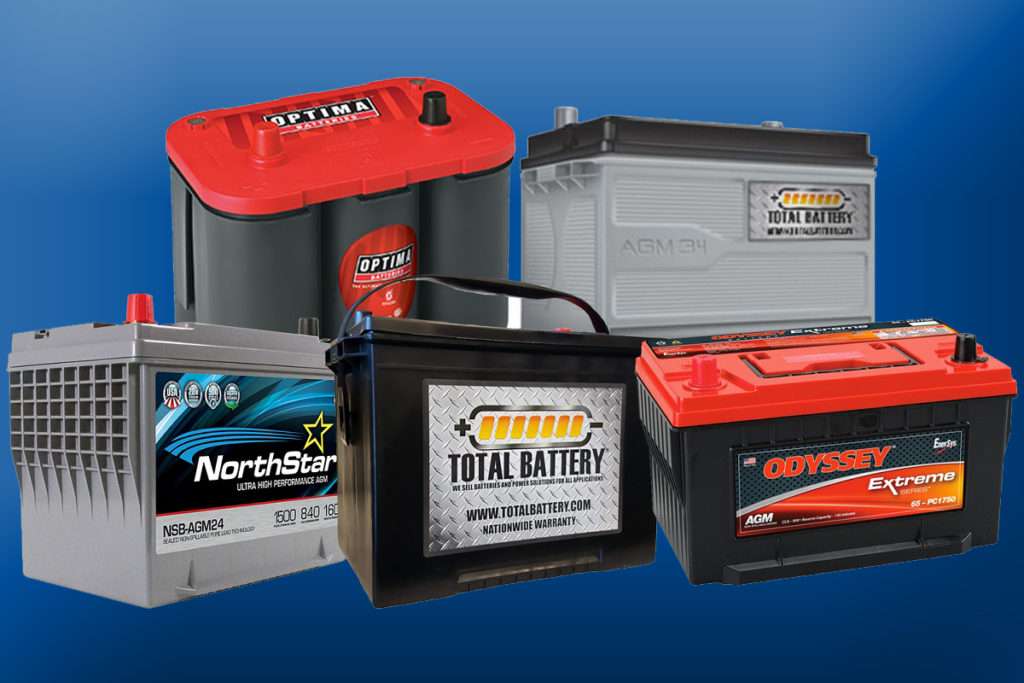Due to the falling prices of renewable energy systems, an ever-increasing number of individuals are hoping to utilize alternative energy sources as a way to:
- Set aside cash
- Turn out to be more energy independent
- What’s more, break their reliance on the large energy companies
Notwithstanding, introducing a renewable energy system, by and large, expects you to make a considerable initial investment that you will not get back for quite some time.
Perhaps the greatest cost related to alternative energy systems is the batteries in the battery bank.
So picking the right batteries for your off-grid system is vital (and keeping the batteries alive as far as might be feasible is likewise basically significant)!
You Don’t Need New Overpriced Batteries

Before we listen for a minute 3 batteries we recommend for your alternative energy system’s battery bank…
It’s vital to initially take note that you don’t need to purchase the 3 batteries we recommend spic and span.
All things considered, Get old or used batteries for nothing (or dirt cheap).
Recondition them back to “like-new” condition.
Then utilize those reconditioned (like-new) batteries in your alternative energy system’s battery bank INSTEAD of purchasing new overpriced batteries.
Doing this will save you a considerable amount of money while building a battery bank and it helps make alternative energy available to those with a more tight budget!
In any case, that actually leaves the questions…
What Are The Best Batteries to Use In Your Energy System?
In this blog post, we’ll attempt to respond to that inquiry in an extremely basic and straightforward manner.
We’ll go over this:
- Lead Acid-Batteries VS. Other Battery Technologies in a battery bank
- Deep Cycle versus Shallow Cycle Batteries in a battery bank
- Flooded Lead-Acid Batteries (FLA) VS Sealed Lead-Acid Batteries (SLA) in a battery bank
- Lastly, which 3 Batteries do we recommend for your residential off-grid energy system (in light of the rules we go over in this article)
Lead Acid Batteries VS. Other Battery Technologies
A considerable lot of the batteries that are used in renewable energy systems were initially intended for different purposes. The most prominent example of this is the lead-acid battery which has ruled the industry for quite a while.
Dead Simple Trick Can Bring Any Battery Back To Life
Deep cycle lead-acid batteries have shown to be truly outstanding (and generally affordable) battery types for alternative energy system battery banks, therefore:
- They’re ready to withstand frequent discharging,
- They’re cheaper than different sorts of batteries,
- They have more rugged durability,
- They convey more consistent performance than different batteries.
- The way that they are generally delivered additionally implies that they are somewhat simple to replace assuming a battery in your battery bank needs supplanting.
It ought to be noted, however, that lately, lithium-particle batteries for residential alternative energy systems, similar to Tesla’s Powerwall, have been making progress – yet the initial investment into lithium-particle batteries is still significantly more than the initial investment into lead-acid batteries.
The Powerwall may ultimately change this however right now deep-cycle lead-acid batteries are the cheapest and most practical solution for a home battery bank.
Deep Cycle VS. Shallow Cycle
A while ago when the renewable energy industry was all the while picking up steam, individuals that needed to go totally off the grid would frequently need to make do and manage with vehicle batteries.
Nonetheless, vehicle batteries were never worked for this reason and ought not to be ceaselessly depleted and re-energized (which is what they need to do in a sun-powered charger or wind turbine system).
Vehicle batteries are supposed to be used exclusively for beginning and ignition. Assuming you investigate one, you will see that they have countless flimsy plates.
These plates have a major all-out surface area that can facilitate an enormous number of chemical reactions. At the point when you start your vehicle, these reactions produce the unexpected explosion of power that is required for ignition.
Deep cycle batteries, then again, have thick lead plates that don’t give a lot of space for chemical reactions. However they produce less current, they are intended to do as such any more timeframe.
Fundamentally, vehicle batteries are “shallow cycle” batteries that will rapidly wear out when used as storage for renewable power.
Flooded Lead-Acid Batteries (FLA) VS Sealed Lead-Acid Batteries (SLA)
Prior to letting you know what three batteries are best for alternative energy system battery banks, it ought to be made clear why flooded lead-acid batteries (Fla’s) are preferred for renewable energy over fixed lead-acid batteries (Sla’s).
One reason that certain individuals favor SLA’s is on the grounds that they require little maintenance. Dissimilar to FLA’s that should be checked routinely for water level, SLA’s that are used appropriately can left be.
Nonetheless, fixed lead-acid batteries have two major flaws: they are delicate and break down rapidly. So assuming you’re anticipating utilizing your sunlight-based charger or wind power system each day, this will ultimately represent an issue.
In this way, here are the categories of flooded lead-acid batteries that are best for an off-the-grid power system:
The 3 Best Batteries
So now that we realize we need a lead-acid battery, that is flooded (FLA), and furthermore has deep cycle properties – here are our 3 favorite batteries for an off-grid system’s battery bank:
Modern or Forklift Batteries.
A battery bank that utilizes at least one modern battery follows the opposite philosophy of a golf cart battery bank. Rather than relying on various strings of more modest batteries, you utilize a couple or even one battery to store the entirety of your energy.
Since these batteries aren’t typically manufactured to standard dimensions, you should have one made that is perfect for your necessities.
Or on the other hand, you can attempt to view an old modern or forklift battery that is the right size for your system and utilize that.
Like golf cart batteries, there are at times ways of getting free or cheap forklift batteries.
One way is to call up or visit modern companies and check whether they have old or “dead” forklift batteries.
Different Types of Lead Acid Batteries
Offer to dispose of it for them or pay them a smidgen. On the off chance that they concur, you can recondition the battery and use it as opposed to purchasing another expensive modern battery.
Yet, assuming you decide to get another custom-made battery all things being equal, you ought to hope to pay a considerable amount. In any case, the uplifting news is these kinds of batteries are normally dependable for 15 to 20 years.
Different interesting points are:
- These greater batteries will be heavier and more challenging to move around.
- There might be advancements in battery innovation that could make the battery out of date in years to come.
- Be that as it may, on the off chance that you wouldn’t fret about making a significant investment upfront (somewhere in the range of $2,000 to $10,00) and are okay with investing energy in keeping your batteries in top condition, then modern batteries may be ideal for you.
L16 Batteries
Assuming you need batteries that have somewhat more capacity than golf cart batteries but don’t have any desire to spend on modern batteries, L16 batteries are a great center ground.
These flooded lead-acid batteries were initially intended for supermarket floor scrubbers.
The beneficial thing with these batteries is that they last without a doubt longer than golf cart batteries – around six to eight years. Be that as it may, they are many times two times as weighty and the 6-volt models can be two times as expensive.
Golf Cart Batteries
Golf cart batteries are the most generally manufactured batteries on this rundown.
They likewise work perfectly in an alternative energy system application. So nothing unexpected they’re one of the most normally used batteries in battery banks for renewable energy systems.
Despite the fact that the five to the six-year life length of golf cart batteries might appear to be somewhat short, golf cart batteries more than compensate for their deficiency around here by being incredibly strong and cheap.
Moreover, golf cart batteries can likewise be found anyplace, settling on them an incredible decision for battery banks.
If you truly have any desire to assemble a top-notch yet inexpensive battery bank perhaps the most ideal choice is to:
- Go downhill or “dead” batteries from golf courses or golf carts look free of charge – or dirt cheap (simply call them and inquire as to whether you can have their old batteries most likely lying around and cluttering their shop)
- Then recondition those batteries to like-new condition with Reconditioning Program
- Utilize those reconditioned batteries in your battery bank
Various homes will have different power necessities and will require battery banks that are measured as needs are.
Assuming you fabricate a battery bank utilizing any of the three batteries referenced above, you ought to have the option to make a battery bank that is perfect for your necessities.
There are a few energizing new developments in the battery world for alternative energy.
These new items ought to enter the market throughout the following couple of years, similar to the lithium-particle Tesla Powerwall. Yet, right now, our three favorite batteries for residential off-grid, alternative energy systems are golf cart batteries, L16 batteries, and modern batteries.


